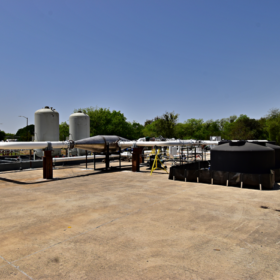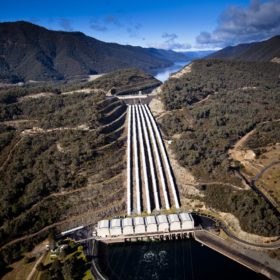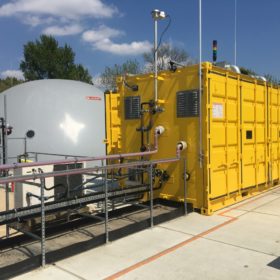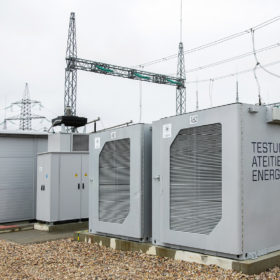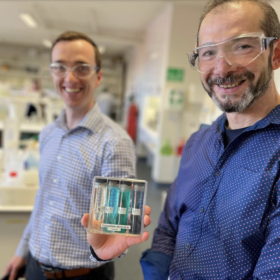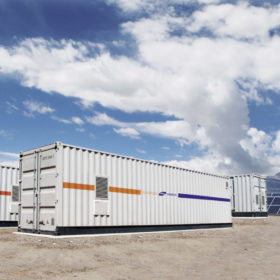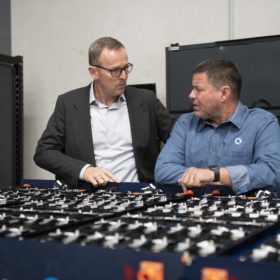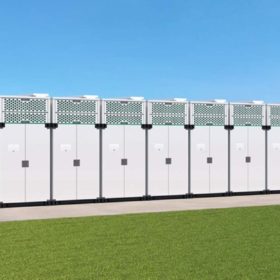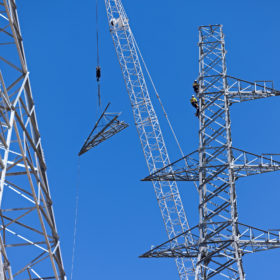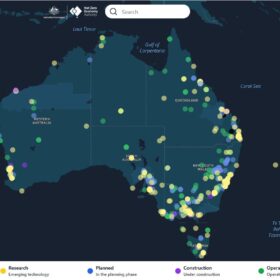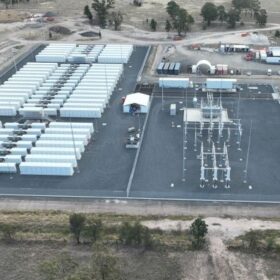Pumped heat energy storage seeks to demonstrate commercial readiness
Southwest Research Institute (SwRI) has commissioned a first-of-its-kind pilot plant pumped heat energy storage demonstration facility with tech from US startup Malta. Its 10-150+ hour energy storage technology is said to be applicable in a range of grid-scale applications.
$44 million boost to accelerate pumped hydro energy storage
The New South Wales government has announced funding for five pumped hydro schemes spread across the state as it looks to deliver large-scale energy storage and firming capacity to allow for an increased uptake of renewable energy and to help plug the gap left by exiting coal-fired generation.
Enphase partners with Home Connect to manage home appliances from single app
Integrated clean home energy and smart appliances platform lets users run appliances on battery-stored solar energy in pre-determined time frames.
Hydrogen bromide flow battery for large-scale renewables storage
Dutch startup Elestor has secured funds to bring its hydrogen bromide (HBr) flow battery technology closer to commercial production. It said the system could achieve a levelised cost of storage below US$0.05/kW.
Weekend read: Dawn of virtual transmission
Quick and versatile, batteries are providing a growing number of services to homes, businesses, and on the grid. Electricity network operators are beginning to adopt grid-scale batteries, with the initial applications potentially opening the way for renewable energy to flow more freely and across larger distances than ever before.
Vanadium flow battery electrolyte focus of three year industry-backed study
West Australian company Technology Metals Australia, or TMT, will work with the government-backed Future Battery Industries agency to develop enhanced electrolytes for vanadium redox flow batteries. TMT will provide both the feedstock for the research as well as funding and hopes to eventually leverage the project’s findings.
Largest DC-coupled hybrid project in Australia acquired by Spanish company in major expansion strategy
Spanish power and gas provider Naturgy has acquired its first PV project in Australia – the Cunderdin hybrid solar + storage project east of Perth in WA. The project is set to be the country’s largest DC-coupled project to date.
Energy Renaissance moves ahead with battery giga-factory
Australia’s first lithium-ion battery giga-factory is expected to begin operations soon with battery manufacturer Energy Renaissance announcing the successful completion of a $1.47 million pilot program designed to develop and test its manufacturing processes, systems and plant design.
US battery manufacturer enters Australia through 1.7 GWh deal with BlackRock’s Akaysha
US battery company Powin has agreed to deploy 1.7 GWh of energy storage systems in Australia over the next two years after entering a partnership with Victorian developer Akaysha Energy. The news tops a big month for Akaysha which was acquired by US giant BlackRock two weeks ago.
Decade of unreliability: renewable projects and transmission ‘urgently’ needed as Australia stares down coal closures
The Australian Energy Market Operator warns every Australian jurisdiction in the national grid could see electricity demand outstripping supply within the decade – though only if anticipated renewable projects do not come to fruition.
